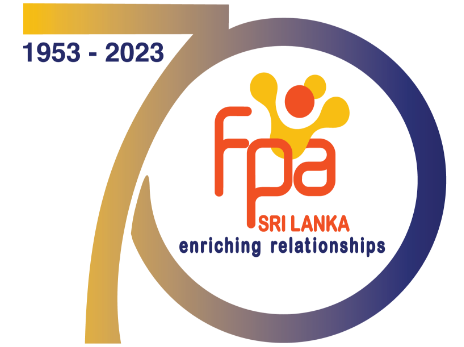කොටස්කරුවන්

INTERNATIONAL PLANNED PARENTHOOD FEDERATION – IPPF
IPPF is a global network of Member Associations operating in over 170 countries. It is a leader in RH (Reproductive Health) service provision and a formidable advocate on Sexual and Reproductive Health Rights. IPPF operates in all regions of the globe and has regional offices in Africa (Nairobi, Kenya); Arab World (Tunis, Tunisia); Europe (Brussels, Belgium); South Asia (New Delhi, India), South East Asia and Oceania (Kuala Lumpur, Malaysia); Western Hemisphere (New York, USA) and has its global headquarters in London, UK. IPPF was formed in 1952 at the Third International Conference on Planned Parenthood in Mumbai, India.
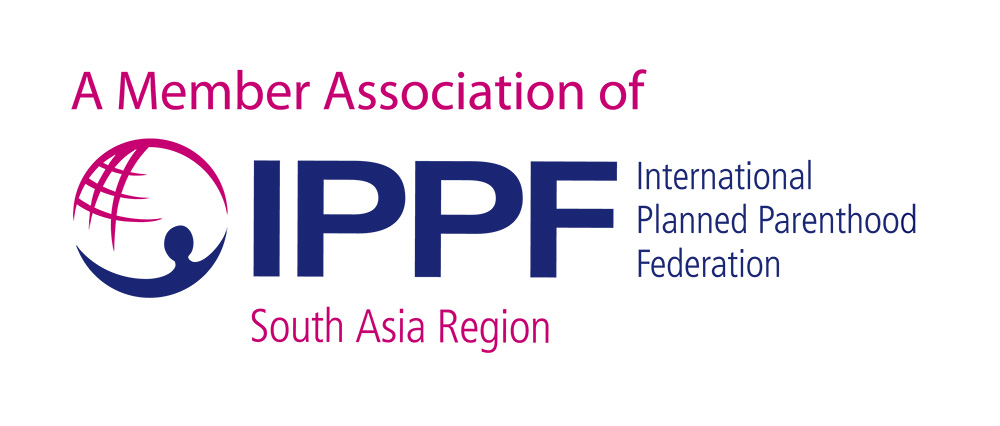
INTERNATIONAL PLANNED PARENTHOOD FEDERATION – SOUTH ASIAN REGION
In South Asia Region, IPPF works with 9 member associations – Afghanistan, Bangladesh, Bhutan, India, Iran, Maldives, Nepal, Pakistan and Sri Lanka. Each association is rooted in the culture of its country, providing locally relevant services in a highly challenging context of extreme poverty, gender inequity, restrictive laws, socio-religious barriers, and vulnerability to natural calamities.

FAMILY HEALTH BUREAU – FHB
Established in 1968, Family Health Bureau is the arm of the Ministry of Health that implements the maternal and child health (MCH) programme of the country. Maternal and Child Health programme forms an important component of the healthcare system, services of which are delivered through the well-developed infrastructure of the Ministry of Health and Provincial Health Services, which comprises a wide network of medical institutions and Medical Officers of Health (MOH). The Family Health Bureau plays the leading role in the implementation of the reproductive health programme in close collaboration with other national programmes. With the introduction of the reproductive health concept, a Population and Reproductive Health policy was formulated and approved by the cabinet of ministers in August 1998. It aims to provide higher quality of life for people by providing quality reproductive services and information and a host of related aspects.

HEALTH EDUCATION BUREAU – HEB
Health Education Bureau (HEB) initially functioned as a small unit of the public health section of the Department of Health Services and consisted of two units. Their main focus was prevention of common communicable diseases prevalent at that time such as Malaria, worm infestations, diarrheal diseases and typhoid fever, through public meetings and distribution of public health materials such as posters, leaflets and brochures. FPASL is working closely with HEB in a multi-sectoral group developing the National Strategy on BCC material in the Reproductive Health arena.

INFORMATION AND COMMUNICATION TECHNOLOGY AGENCY OF SRI LANKA – ICTA
The Information and Technology Agency (ICTA) of Sri Lanka is the single apex body involved in ICT policy and direction for the nation. Wholly owned by the Government of Sri Lanka, ICTA is the implementing organization of the e-Sri Lanka initiative. Major donors including the World Bank will be funding a number of Agency’s initiatives.

NATIONAL STD/AIDS CONTROL PROGRAMME – NSACP/MINISTRY OF HEALTH, GOVERNMENT OF SRI LANKA
In 1992 the Government of Sri Lanka initiated HIV prevention and control effort through the National STD and AIDS control Programme (NSACP) of the Ministry of Health under the Director General of Health Services. In addition, National Blood Transfusion Services (NBTS) and the National Programme for Tuberculosis and Chest Diseases (NPTCCD) strengthened their responses to reduce transmission and prevent further spread of HIV. These services are provided in collaboration with eight Provincial Directors of Health Services and the respective District staff. NSACP in collaboration with the provinces undertook HIV prevention activities (e.g. a mass media communication strategy to improve knowledge and awareness of HIV) and provides care and treatment to people living with HIV. FPA is a member of numerous multi- sectoral technical committees of NSACP and has conducted many HIV prevention programmes jointly with NSACP.

SRI LANKA COLLEGE OF OBSTETRICIANS AND GYNAECOLOGISTS
In the UK the Royal College of Obstetricians and Gynaecologists was founded in 1929 and it took another 24 years before steps were taken to form a similar Association in Sri Lanka. In 1953 an Association was formed as the Ceylon of Obstetricians and Gynaecologists Association with the patronage of Dr. (Mrs.) May Ratnayake. The association is not a trade union, nor does it exist for the main purpose of fighting for the rights and privileges of its members. The only fight that figures in their aims is that against maternal and infant mortality.
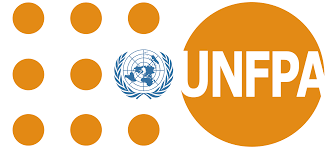
UNFPA SRI LANKA
UNFPA, the United Nations Population Fund, is an international development agency that promotes the right of every woman. Man and child to enjoy a life of health and equal opportunity. UNFPA supports countries in using population data for policies and programmes to reduce poverty and to ensure that every pregnancy is wanted, every birth is safe , every young person is free of HIV/AIDS and every girl and woman is treated with dignity and respect.
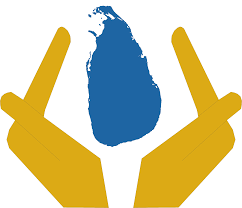
THE DISASTER MANAGEMENT CENTRE - DMC
The Disaster Management Centre has been established under the National Council for Disaster Management in accordance with the Sri Lanka Disaster Management Act No. 13 of 2005 passed by the Parliament of Sri Lanka on 13th May 2005. Their objectives are through countrywide ministries, departments and public corporations, Provincial Councils and local authority administration; and district, division and Grama Niladhari administration; to enforce, coordinate and monitor activities related to,
- Hazard Mapping and Risk Assessment.
- Information Management.
- Long-term disaster mitigation.
- Forecasting, early warning and information dissemination.
- Preparedness to respond to disasters when they occur.
- Emergency Operations Management.
- Management of the post-disaster activities after a disaster.
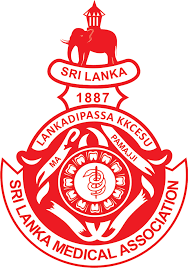
SRI LANKA MEDICAL ASSOCIATION
The Sri Lanka Red Cross Society has operated since 1936, first as a branch of the British Red Cross and then from 1949 to 1971 as the Ceylon Red Cross Society. It was recognized by the ICRC and admitted into the League of Red Cross Societies (now the International Federation of Red Cross & Red Crescent Societies) in 1952. The Ceylon Red Cross Society was renamed as Sri Lanka Red Cross Society in 1972. The society was recognized by Royal Charter in 1951 and as a charitable organization also in the same year by a gazette notification of the Finance Ministry. It was also registered under the Social Service Act 33 of 1980. The SLRCS covers all 25 administrative Districts of the country and has 25 branches.
REPRESENTATION
- Country Coordinating Mechanism for
GFATM
- Steering Committee for HIV Prevention - National STD & AIDS Control Program
- Committee of HIV Prevention Among Youth - National STD & AIDS Control Program
- Steering Committee for Policy for the Health of Young Persons
- National AIDS Committee of the Ministry of Health
- Prevention/Treatment & Care / M & E / and Muti-Sectoral / Sub Committees of
the National
AIDS Committee - National STD & AIDS Control Program
- National Family Policy Drafting Committee of the Ministry of Social Service &
Welfare
- Country Coordinating Mechanism for GFATM
- Steering Committee for HIV Prevention - National STD & AIDS Control Program
- Committee of HIV Prevention Among Youth - National STD & AIDS Control Program
- Steering Committee for Policy for the Health of Young Persons
- National AIDS Committee of the Ministry of Health
- Prevention/Treatment & Care / M & E / and Muti-Sectoral / Sub Committees of the National AIDS Committee - National STD & AIDS Control Program
- National Family Policy Drafting Committee of the Ministry of Social Service & Welfare
.png)
